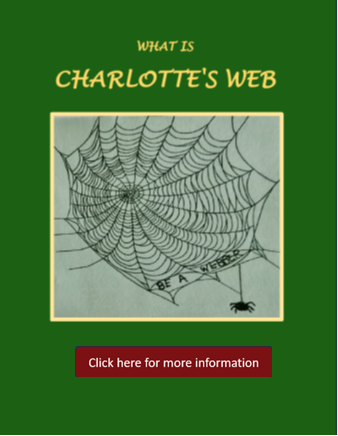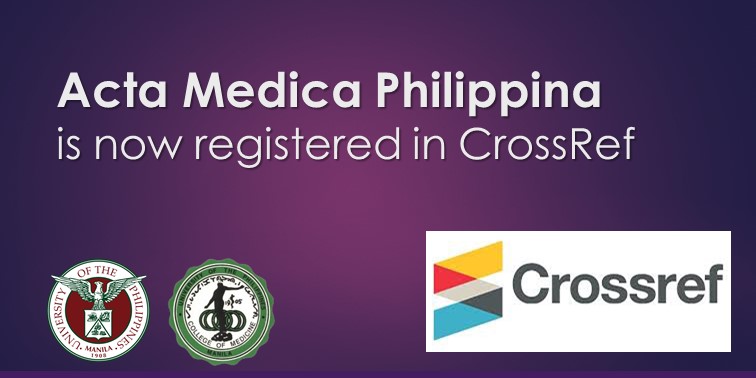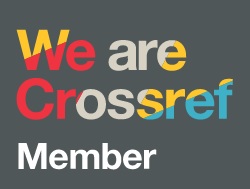A Comparison of Psychological Distress and Coping Styles among Physicians and Nurses in a COVID-19 Referral Hospital in Manila: A Cross-sectional Study
DOI:
https://doi.org/10.47895/amp.vi0.8308Keywords:
psychological distress, psychosocial resources, coping styleAbstract
Objectives. This study aimed to compare the levels of depression, anxiety, and stress, and the coping styles among physicians and nurses in a COVID-19 referral hospital in Manila from June to July 2020.
Methods. A cross-sectional study among medical residents and nurses selected via convenience sampling was employed. Data were obtained through COVID Stressors and Stress Reduction Questionnaire, Depression, Anxiety, and Stress Scale-21, and Filipino Coping Strategies Scale. Descriptive and inferential analysis of data was done.
Results. Five hundred seventy-one (571) healthcare workers (total population: 1,650 nurses and physicians) participated in the study, representing 81.6% of the computed sample size of 700 respondents. Among the participants, 60.6 %, 69.0%, 48.9% reported symptoms of depression, anxiety, and stress, respectively. Nineteen percent (19%) of nurses reported severe to extremely severe depression, and 42.0% reported severe to extremely severe anxiety. In contrast, 30.8% of residents reported severe to extremely severe depression, and 28.4% conveyed severe to extremely severe anxiety. There was no association observed between perceived levels of stress between the two healthcare professions.
There were more mildly to extremely severe anxious healthcare workers in the COVID areas (74.6%) compared to the non-COVID areas (61.2%). Differences in coping styles were observed among the participants’ clinico-demographic characteristics. Top healthcare worker stressors include being negligent and endangering co-workers (88.6%), frequent modification of infection control procedures (87.0%), and discomfort from protective equipment (81.4%). Top stress-reducing factors include provision of food and vitamins (86.7%), sufficient rest (84.2%), and support from higher-ranking colleagues (73.7%).
Conclusion. This study has shown that more than half of the healthcare workers reported mild to extreme levels of depression and anxiety, while a little less than half reported mild to extreme levels of stress. The development and implementation of hospital interventions and programs based on the sources of distress and stress-reducing factors is recommended to mitigate the impact of sustained psychological distress on mental health and physical wellbeing of hospital healthcare workers.




.jpg)



